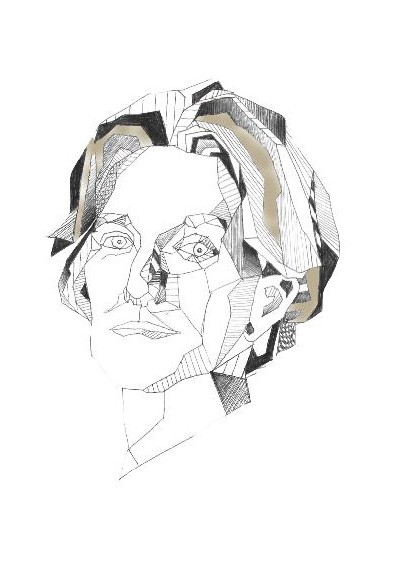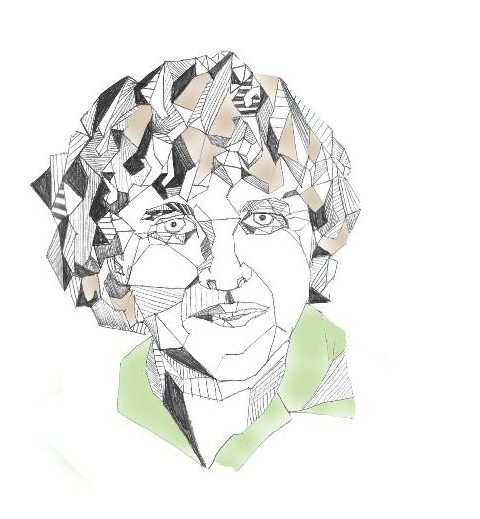Oxford is home to a multitude of female scientists who are leaders in their fields. Here, Bang! looks at just a few examples.
1) Helen McShane, Professor of Vaccinology at the Nuffield Department of Medicine and Principal Investigator, Oxford Martin Programme on Vaccines.
Dr. Helen McShane has brought us one step closer to finding a cure for Tuberculosis (TB). She pioneered the development of a new TB vaccine, for which clinical trials began in 2002. As an established scientist, Dr. McShane, a mother of three, believes the balance between work and home life is achievable for women in academic science.
2) Sadie Creese, Professor of Cybersecurity in the Department of Computer Science and Director of Oxford’s Cyber Security Centre.
Dr. Creese’s career spans academia, industry and government; from the University of Oxford to the UK Ministry of Defence and the security company QinetiQ. She has published papers on topics relevant to modern world data usage, including insider threat detection, personal privacy in the face of big data, and vulnerability of identities in social networking contexts.
3) Frances Ashcroft, Royal Society GlaxoSmithKline Research Professor at the University Laboratory of Physiology, Department of Physiology, Anatomy and Genetics.
Apart from being the forerunner in the field of the molecular basis of diabetes, Dr. Ashcroft is has succeeded in communicating her work to the general public. Her first popular science book, ‘Life at the Extremes – the Science of Survival’, made it onto the best-seller lists and was translated into 13 languages.
4) Katherine Blundell, Professor of Astrophysics and initiator of the Global Jet Watch Project
Professor Blundell has published extensively on the topics of galaxies and black holes. She initiated the Global Jet Watch project, which is designed to make round-the-clock observations of important black hole systems using a network of telescopes around the world. In 2010 she won the Royal Society Rosalind Franklin Award, which is awarded annually to recognise successful women in STEM.
5) Frances Kirwan, Professor of Mathematics, Mathematical Institute and Fellow of the Royal Society
Dr. Kirwan is o the third female mathematician to attain the honour of being made a Fellow of the Royal Society, and was also the second women ever to be elected the President of the London Mathematical Society. She has been active in addressing the gender imbalance in mathematics and has also served as Convenor for European Women in Mathematics.
6) Susan Lea, Professor of Chemical Pathology and Microbiology and Oxford University Statutory Chair of Microbiology, Sir William Dunn School of Pathology.
Professor Lea’s work on the molecular nature of host and pathogen interactions can has lead led to a better understanding of how disease is caused, as and enabled the identification of novel well as new vaccination strategies. Aside from academia, she is involved in teaching and mentoring young scientists and is also a keen musician; in her spare time she runs choirs for children.
7) Irene Tracey, Nuffield Professor of Anaesthetic Science and Director of the Oxford Centre for Functional Magnetic Resonance Imaging of the Brain (FMRIB).
Dr. Tracey’s group has spearheaded ground-breaking research into how psychological factors influence pain perception on the neuronal basis the neural basis of pain relief and is pioneered the use of one of the few groups to use functional magnetic resonance imaging (fMRI) FMRI (Functional Magnetic Resonance Imaging) for drug discovery. In addition to being a consultant to the pharmaceutical industry and giving talks and presentations at international pain meetings, she is also a mother of three.
8) Marina Galano, Associate Professor of Materials, Department of Materials.
The materials being developed in by Dr. Galano’s group are currently in the prototype stages to be used within the automotive industry. Her group also develops lightweight materials with industrial applications and she is a co-inventor in a patent on Metal Matrix Nanocomposites. Her expertise as an academic has been recognised by the University Teaching Award in 2008 at Oxford University.
9) Julia Schnabel, Professor of Engineering Science (Medical Imaging) at the Institute of Biomedical Engineering.
Dr. Schnabel’s group is renowned for advancing the field of cancer imaging and for making several important contributions to neuroimaging, for both neurodevelopment and neurodegeneration. Her research into medical imaging and image analysis focuses on three of the largest healthcare problems in the Western world: cancer, premature birth, and dementia.
10) Marian Dawkins, Professor of Animal Behaviour, Department of Zoology, and Head of the
Animal Behaviour Research Group
Dr. Dawkins is one of the most influential scientists in the field of animal welfare. Her discoveries on the welfare of farmed birds have influenced practices of raising poultry across the UK and Europe. With the use of rigorous scientific methods, she has dispelled the stigma that surrounds the field of animal welfare and made discoveries that have promoted the wellbeing of farm animals.
11) Sunetra Gupta, Professor of Theoretical Epidemiology, Department of Zoology.
Apart from her notable achievements in academia, Dr. Gupta is an acclaimed novelist and essayist. Her fifth novel, ‘So Good in Black’, was longlisted for the DSC Prize for South Asian Literature. Her work on theoretical models of pathogen population structure has led to better understanding of diseases such as influenza and malaria. She received the Royal Society Rosalind Franklin Award for her scientific achievements.
![11 Female Scientists To Look For Around Town Oxford is home to a multitude of female scientists who are leaders in their fields. Here, Bang! looks at just a few examples. 1) Helen […]](/wp-content/uploads/2015/02/Marian-Dawkins-coloured1-e1425158431129-640x361.jpg)

